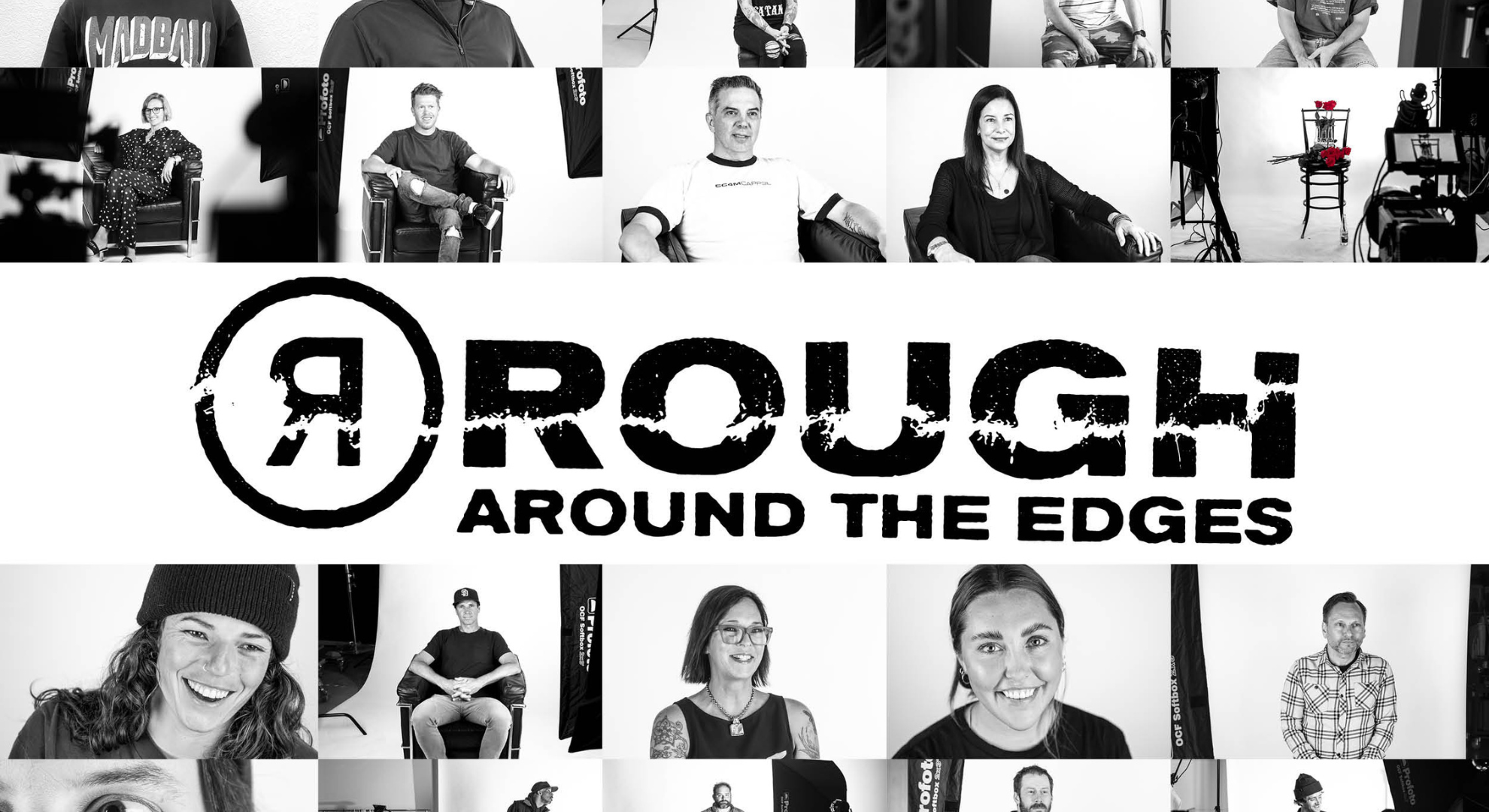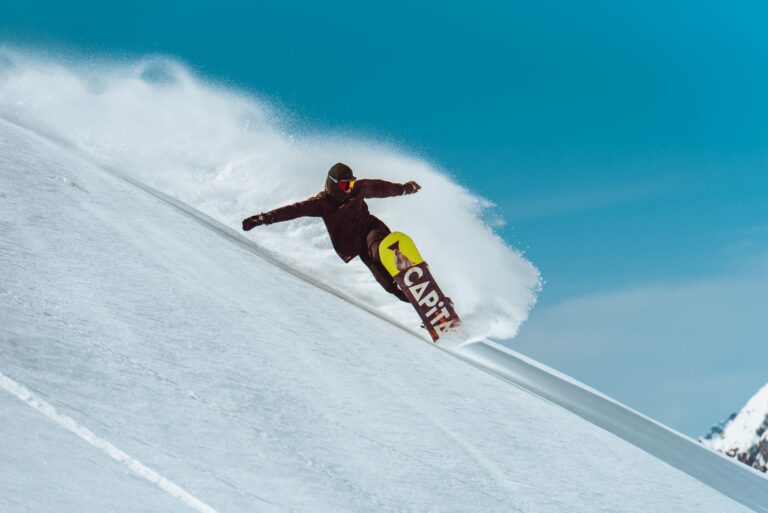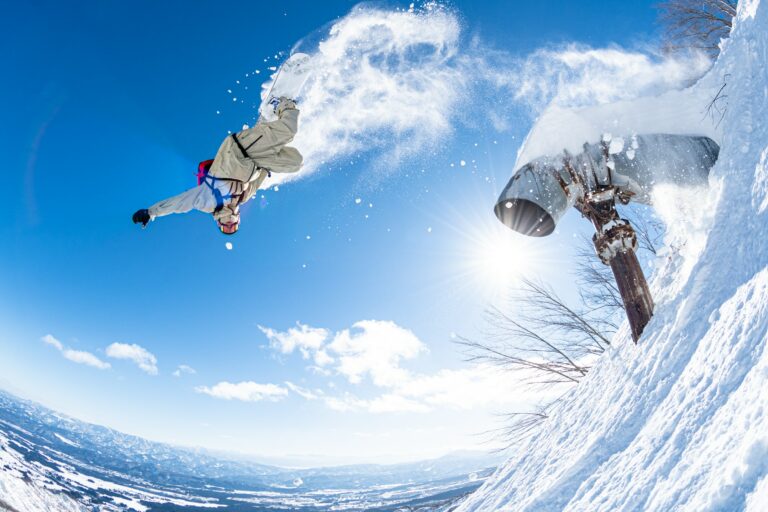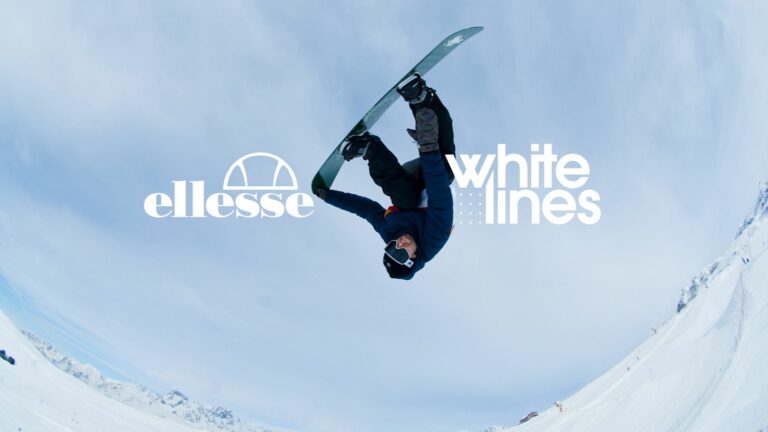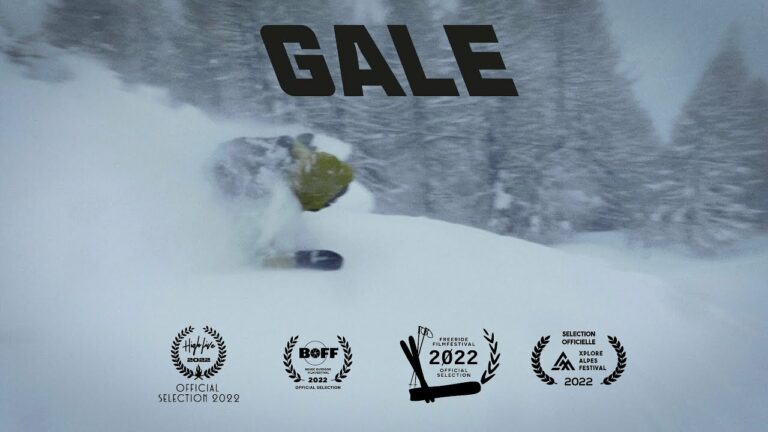The first article I ever wrote for Whitelines can be summarised thusly: yes, the internet is changing things, but full-length snowboard movies will stay as relevant as they are now, you’ll see! This was back in October 2010 (WL #92, for anyone with a creaking shelf of old mags) – incidentally, the same month that Instagram was launched.
As predictions go, mine was up there with ‘this mini-budget will make Britain great again’. In the years that followed, many of the companies that produced each year’s ‘must-see’ titles vanished. The ‘premiere season’, which saw bars and cinemas hosting first looks at new shred flicks in the build-up to winter, is a thing of the past. DVD sales have evaporated, naturally, as has the significance of bagging the ‘ender’. Hell, even Travis Rice’s latest project is a mere six minutes long.
There’s still life in the full-lengther yet, though, as long as the subject matter is right; a history lesson, perhaps, or a tribute to a mercurial talent taken too soon, or a (hilarious) exploration of why snowboarders do what they do.
‘Fuck ‘em, we’re gonna do it anyway.’
Sliding neatly into this category is Rough Around The Edges, a documentary celebrating thirty years of Ride Snowboards. Its 105 minute runtime might be only a smidge over half of Avatar 2, but in snowboard movie terms that makes it an absolute opus – and with so many takes to tell, complete with ups, downs, characters, controversies and three decades’ worth of bangers, how could it be anything else? As if the 105 minutes isn’t enough, the documentary is supported by this epic coffee table book, packed with 200 pages imagery and supporting interviews. You can pick one up here.
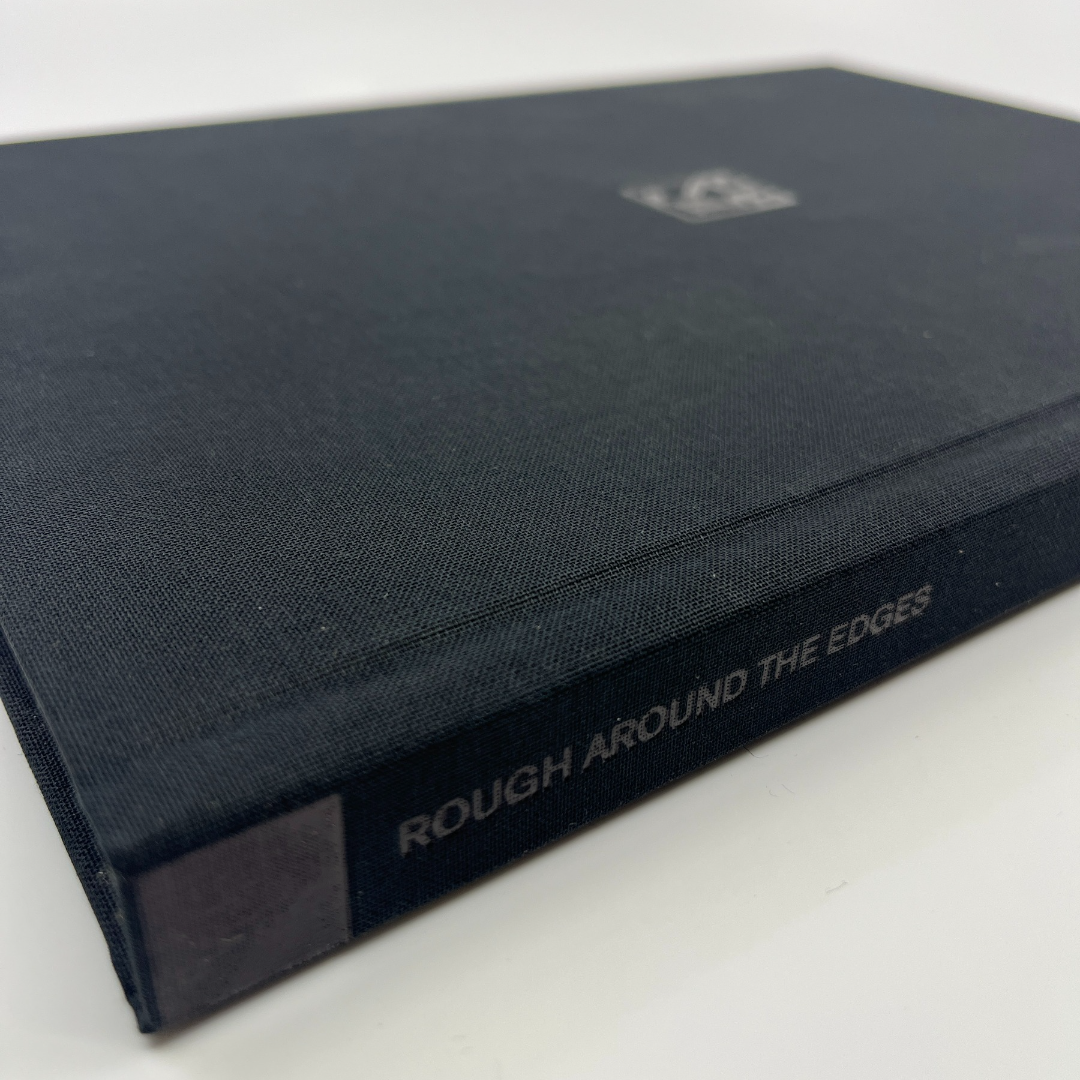
Largely avoiding the introspective pitfalls that such an undertaking presents, the documentary is a candid, comprehensive and highly entertaining retrospective that we’d recommend devouring in one sitting. However, rather than rage against modern times, Meldrew style, we will instead offer up a highlights package to lure the TikTok generation into this fascinating story. Here, timestamped for your convenience, are a few of our picks:
Get In The Van (13.13)
A lot of Ride’s early success was borne from its heavy skate influence, as epitomised by riders like Roan Rogers and Dale Rehberg. 1993’s ‘RIDE With The People’ tour, which saw the squad cris-cross the USA, spreading the hype as they went, was just one of the tactics inspired by snowboarding’s four-wheeled forebears. “We had an RV, we had a pit-bull,” remembers former Ride team member Circe Wallace. “It was like this little motley crew who were just wild and free”.
The tour did a lot for team camaraderie, but Ride co-founder Tim Pogue also notes that mass orders started appearing in the company’s fax machine from whichever town the van had just blown through. A win-win, if ever there were one.
The Brush Era (29.30)
“The U-Tube… the thing that they have that’s like a U… and it’s a tube”
Hearing Jeff Brushie refer to halfpipes like this is akin to Lionel Messi saying he’s partial to a bit of kicky-kicky-ball-ball. In the mid 90s the Vermont legend made a surprise move from Burton to Ride, after what he’d describe in a Whitelines interview years later as “an offer too good to pass up.”
It was, as the doc attests, something of a Hail Mary for the brand, which needed something to inspire the troops and attract renewed interest. Needless to say, Brush fit the bill; cue Ride selling a “shit ton” of his signature gear, and younger riders like JJ Thomas feeling motivated to push their riding ever further. Get the pause button ready to fully appreciate Jeff’s frantic, all-caps email screed about topsheet graphic ideas (“CAN YOU MAKE ME A SQUIRRLE IN THAT STYLE OF ART?”)
Five-ring circus (50.15)
By 2002, Ride had weathered a few storms and was not far away from marking ten years of production. Team rider JJ Thomas secured an early anniversary present in the form of a bronze medal in the halfpipe at the Salt Lake City Olympics. With Ross Powers and Danny Kass the other parties in a Team USA clean sweep on home soil (or rather, snow), it was a big moment for the sport. As for Ride, it couldn’t have hurt to have the brand’s name in jet black lettering on a highlighter-yellow base, splashed across the front of the next morning’s edition of USA Today.
To hear JJ describe bringing home the bronze in front of a packed crowd before bro-ing down with the Foo Fighters at the medal ceremony, it might lead you to assume that this would be the defining moment of his career. However, later in the doc he recounts the genesis of his infamous ‘workin’ on the other bronze’ magazine ad for Ride. “I feel like this ad, more people remember that than anything in my career!”
Brushes with the law (1.00.43)
Copyright law, that is. Hot on the heels of an amusing section involving rejected print ads (where getting knocked back was very much the objective from the start), we get a montage of all the times Ride aped another brand and triggered their team of lawyers.
From Star Wars to Budweiser, no target was too big to lampoon. “Led Zeppelin said no,” remembers Mike Styskal, “but Mike [Ranquet, who had designed his own pro model for the 5150 brand] said ‘Fuck ‘em, we’re gonna do it anyway.” As we know now, they could have just asked nicely, but sometimes the opportunity for a send-up is too good to pass up (see also: Whitelines stickers from the same era that brought Malboro cigarettes’ legal team a-calling).

Out with the old (1.06.39)
The doc addresses the low points in the Ride story as well as the highs. The biggest rug-pull moment is surely this one from roughly a decade ago, when several of the original crew get given the heave-ho. “I was blindsided… pissed off,” is how Robin Mavis describes her feelings at the time. Meanwhile Scott Mavis, who had been at the brand since the very early days, notes the unexpected sense of relief that eventually set in once the dust had settled.
Despite the painful process that it clearly was, it’s significant to see how many of those involved were happy to share their thoughts with the film-makers. It’s a reminder that no successful venture is without its rough patches – but in Ride’s case, at least, bad blood appears to be in short supply.
“CAN YOU MAKE ME A SQUIRRLE IN THAT STYLE OF ART?”
This section segues nicely into Sean Tedore’s branding overhaul (so long, popping colours and zany fonts, and hello monochrome), which in turn leads to the refreshed team. Like the shark that has to constantly swim forward otherwise it dies, Ride carries on into yet another new era.
Dillon Ojo Forever (1.17.17)
Even when you know it’s coming – those three words kick off the whole documentary – the Dillon Ojo tribute is a gut-punch. Just as it was at the time of his death in 2018, the tributes come thick and fast. Numerous clips from his short yet impactful career are a reminder of just how much his brilliant, style-soaked presence is missed, but all that takes a back seat as those who knew him best share their reflections on his warmth, kindness and charisma. It’s clear he left a gaping hole in the lives of friends at Ride, and beyond.
What of the future? (1.27.20)
Most of //Rough Around The Edges//’ gaze is concentrated in the past, for obvious reasons – but Ride clearly isn’t going anywhere, so a look at what’s to come makes sense too. A short section focuses on two riders that weren’t yet born when Ride first barged its way into the offices of the Sonnenbraune tanning shop*: street slayer/part-time hot dog Reid Smith, plus his partner in crime (and recent addition to Ride’s Pro team ranks) Jill Perkins.
“I would say that Jill, right now, today, is my favourite style, both on a snowboard and a skateboard.” So says jibbin’ Jeremy Jones, no less – and as Hana Beaman notes, this is just the beginning.
A family affair (1.35.03)
“There’s a million reasons why Ride should be out of business,” says Tanner McCarty as proceedings draw to a close. The reason it persists, according to him, is because of the bonds forged by the founders in the chaotic early days. To hear interviewees across every era of the brand’s existence, from a visibly emotional Jason Ford to the current roster, it’s clear that feeling has been largely sustained.
When brands say that they are more of a family than a company, the tendency is to reach for the sick bucket (or the crab meme). However, it rings true in this case. If Ride can sustain this, then logging another 30 years should be a given.
* Has this little detail piqued your interest? Then go back and watch the whole thing, dammit!

